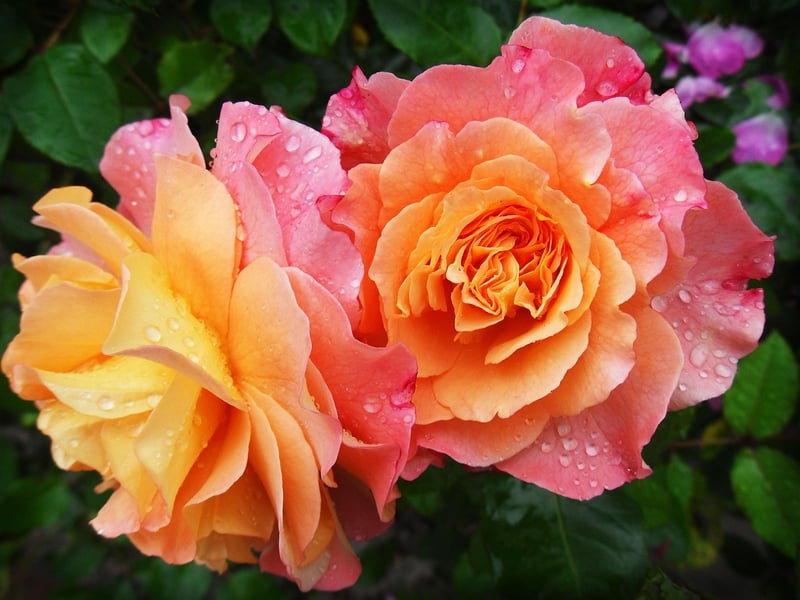Light requirements
Essential Care for Healthy Plants + Light Requirements
Introduction
Welcome to our guide on essential care for healthy plants and understanding their light requirements. Whether you are a seasoned plant parent or just starting your green journey, these tips will help you keep your plants thriving and happy.
1. Watering
Water is crucial for plant health, but overwatering can be detrimental. Ensure proper drainage in your pots and water your plants when the top inch of soil is dry for most plant varieties.
2. Light Requirements
Light is one of the most important factors for plant growth. Different plants have varying light needs:
a. Full Sun Plants
Plants that require full sun need at least 6-8 hours of direct sunlight each day. Examples include succulents, cacti, and many herbs.
b. Partial Sun/Partial Shade Plants
These plants thrive in 4-6 hours of sunlight per day. Examples include begonias, ferns, and some indoor plants like peace lilies.
c. Low Light Plants
Plants that can survive in low light conditions, such as areas with indirect sunlight or fluorescent lighting. Examples include snake plants, pothos, and spider plants.
3. Soil and Fertilization
Use well-draining soil for potted plants to prevent waterlogging. Fertilize your plants during the growing season with a balanced fertilizer to provide essential nutrients.
4. Temperature and Humidity
Most plants thrive in temperatures between 60-75°F (15-24°C). Ensure proper humidity levels, especially for tropical plants, by misting them or using a humidifier.
5. Regular Maintenance
Inspect your plants regularly for pests, yellowing leaves, or signs of disease. Prune dead or damaged leaves to promote new growth and airflow.
Conclusion
By following these essential care tips, you can ensure your plants remain healthy and vibrant. Understanding their light requirements is key to providing them with the right environment to thrive. Happy planting!


